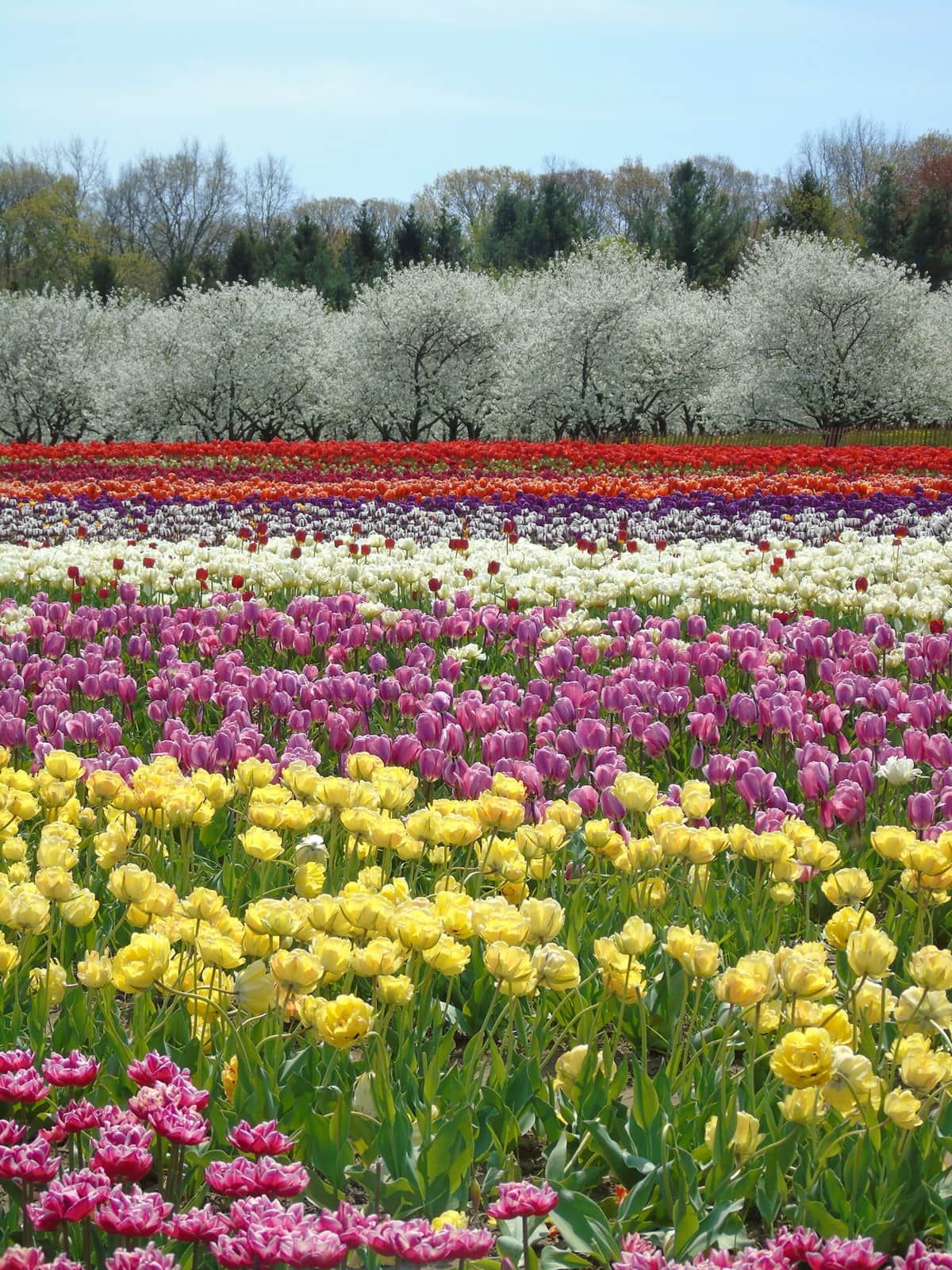I realize that autumn has just begun, but my thoughts have already fast-forwarded to spring. Who needs winter anyway?
Don’t get me wrong, I love the fall: the beautiful colours and the cooler, fresh air.
If you have visited a garden centre in the last couple of weeks (or if you are as addicted to plants as I am and have had several visits) you will know that it is time to be planting fall bulbs to enjoy next spring.
There always seems to be a bit of confusion as to the difference between fall bulbs and spring bulbs.
Spring bulbs are planted in the spring, and flower in summer. There are also referred to tender bulbs because they cannot tolerate our cold Canadian winters.
Therefore, they must be dug up in the fall and stored indoors and replanted every spring.
Some examples of spring bulbs are canna lilies, calla lilies, gladiolas, dahlias and tuberous begonias.
Fall bulbs are referred to as hardy bulbs because they can tolerate our winters and, therefore, can been left in the ground year after year.
They bloom anytime from very early spring to early summer. Examples of fall bulbs include tulips, daffodils, crocus, hyacinths, alliums, winter aconite, snow drops and many more.
If you are new to the world of bulbs, here are some things to look for when you are purchasing your bulbs.
The key to a healthy plant is a healthy bulb.
Look for bulbs that are not showing signs of damage or bruising.
Dents or bruising on a bulb can become a sight for infection or mold.
Most bulbs have a brown, papery layer covering them called the tunic. This “skin” layer should be fitting tight to the bulb just like an onion.
The tunic protects the bulb and should be there when purchasing them.
The bulbs should be firm as a potato when squeezed. They should not be squishy.
A bulb is a storehouse. Within the bulb is everything that the plant will need to sprout and flower and produce leaves at the appropriate time.
If the bulb is feeling spongy, it means that it does not have the needed food to flourish or even grow at all.
Remember, you get what you pay for! You will find that bulbs can vary greatly in price, but the less expensive ones are not usually a good deal.
The larger (more mature) the bulb size is, the larger the bloom size will be.
If you are buying smaller sized (immature) bulbs, you may be waiting a year or two before they will produce flowers for you.
They will produce leaves the first year, but no flowers.
Once you have purchased some bulbs, store in a cool, dry place until you are ready to plant them.
Do not keep them in a closed plastic bag as it may cause mold to grow.
Now is a great time to purchase the bulbs to get your best selection, but you do have time to get them planted.
The best time for planting bulbs is mid October to mid November (about five to six weeks before ground freezes).
Optimal root development for fall bulbs occurs when the soil temperature is around 10-15 degrees Celsius.
When planning where to plant your bulbs, remember that they require a soil rich in organic matter that drains well.
Bulbs will rot quickly in a damp to wet soil. Most bulbs prefer a sunny location, but keep in mind that they only require sun in the spring when they are actively growing.
So, they can be grown under deciduous trees as long as there is good soil for them to grow in.
Lastly, keep in mind that even though they are all spring blooming, that they do not all bloom at exactly at the same time.
Choose a variety of bulbs so that you can have overlapping bloom times for mid March to June and extend the beauty of your garden.
Joanne Young is a Niagara-on-the-Lake garden expert and coach. See her website at joanneyoung.ca.










